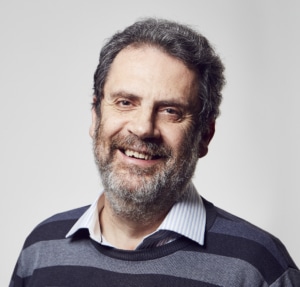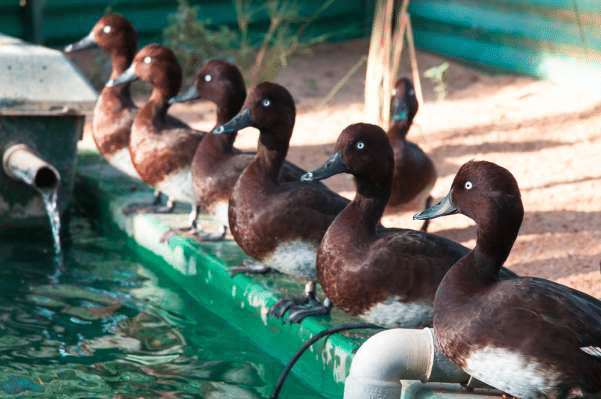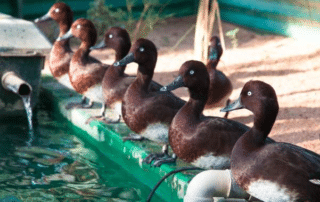Simon Stuart
Chief Scientific Adviser
Amphibian Programme
Simon Stuart joined Synchronicity Earth in 2017 as our Director of Strategic Conservation. In December 2020, Simon took on the role of Executive Director of A Rocha International, but remains as our Chief Scientific Adviser on a part-time basis. Before joining Synchronicity Earth, Simon served as Chair of the Species Survival Commission (SSC) for the International Union for Conservation of Nature (IUCN). The SSC is a science-based network with more than 7,500 experts (mostly volunteers) from all over the world who give their time through Specialist Groups, Red List Authorities and Task Forces. SSC’s major role is to provide information to IUCN on biodiversity conservation, the inherent value of species, their role in ecosystem health and functioning, the provision of ecosystem services, and their support to human livelihoods. Simon has undergraduate and doctoral degrees from the University of Cambridge, with fieldwork in Tanzania and Cameroon. He has over 25 years of experience with the IUCN and the SSC. Simon started work on the African Bird Red Data Book in 1983. He joined the IUCN Secretariat in 1986, and was Head of the Species Programme (1990-2000), Acting Director General (2000-2001), Head of the Biodiversity Assessment Unit (2001-2005), and Senior Species Scientist (2005-2008). He was elected as Chair of the SSC at the IUCN World Conservation Congress in Barcelona in October 2008. Simon recalls “My interest in conservation started as a child, earlier than I can remember. A fascination for wild animals and plants has always been in my blood. A career in conservation was the only option for me. I have been privileged to have been closely associated with IUCN and the Species Survival Commission (SSC) for 25 years, most of that time as a member of the IUCN Secretariat. The SSC is in many senses my home.” Simon has been instrumental in the species conservation movement, working on a number of global initiatives such as the Millennium Development Goals Biodiversity Target and the Convention on Biological Diversity. Simon has also produced numerous high impact reports and books. He joins Synchronicity Earth as the species advisor, chosen for his years of species conservation experience, his passion and his excellent network of global contacts.



